World Championships
How the worst race of my life changed my running forever
Have you ever had a race that made you question everything about running? One where you started with high expectations, slid down through all your backup goals, until your only aim became simply putting one foot in front of the other? I imagine many runners have, but for some reason I never considered that I’d personally experience it. For me, that race was the 2023 World Championship Long Trail in Austria.
The 2023 Worlds race forever changed my running trajectory. To fully understand how, I need to back up a month and a half to the qualifying race at the 2023 Lake Sonoma 50 miler. Before Lake Sonoma, “training” had always just meant playing in the mountains accidentally getting sort of fit. Races were going ok, but there was little to no intentionality behind fueling, hydration, training, or race day logistics. While many of those factors remained unsolved, I at least had a clear goal of a podium at Lake Sonoma to qualify for the USA World Champs team, and I trained through Utah’s historic record-breaking snowfall winter to chase that dream. And it worked.
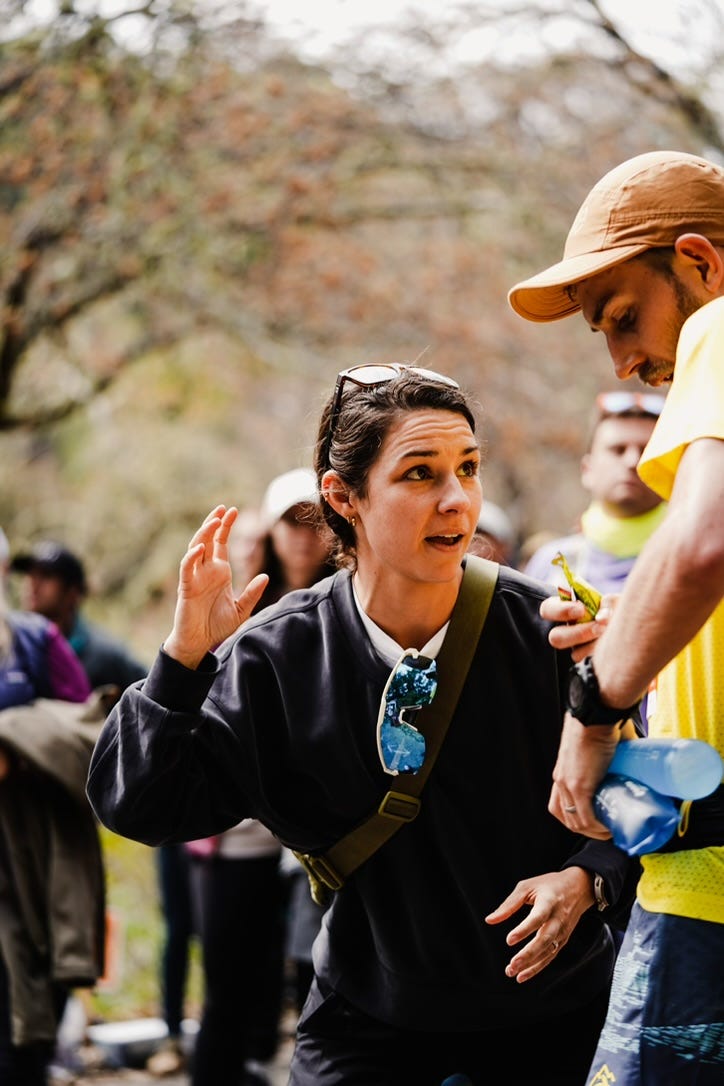
I ran my little heart out at Sonoma and managed to snag second place, blowing my own mind because I never thought that being on a national team would be possible for someone like me. I heard the all-star lineup when the full team was announced: Jim Walmsley, Zach Miller, Eric Lipuma, Drew Holmen, Preston Cates, and… me. I was the only non-sponsored athlete in that squad. I felt like such an imposter, so out of place, but I was so stoked to get the chance to travel out to Innsbruck and rep the Team USA kit. In fact, I was so focused on how sick it was that I had made the team that I rewarded myself by reverting to my previous ways of just playing in the mountains for the 6 weeks between Sonoma and Worlds, hoping I’d get fit but really just enjoying bagging snowy peaks in the Wasatch. I’d already accomplished my goal of making the team, the Worlds race was just the celebration—those six weeks were some of the most fun mountaineering I’ve ever done in Utah.
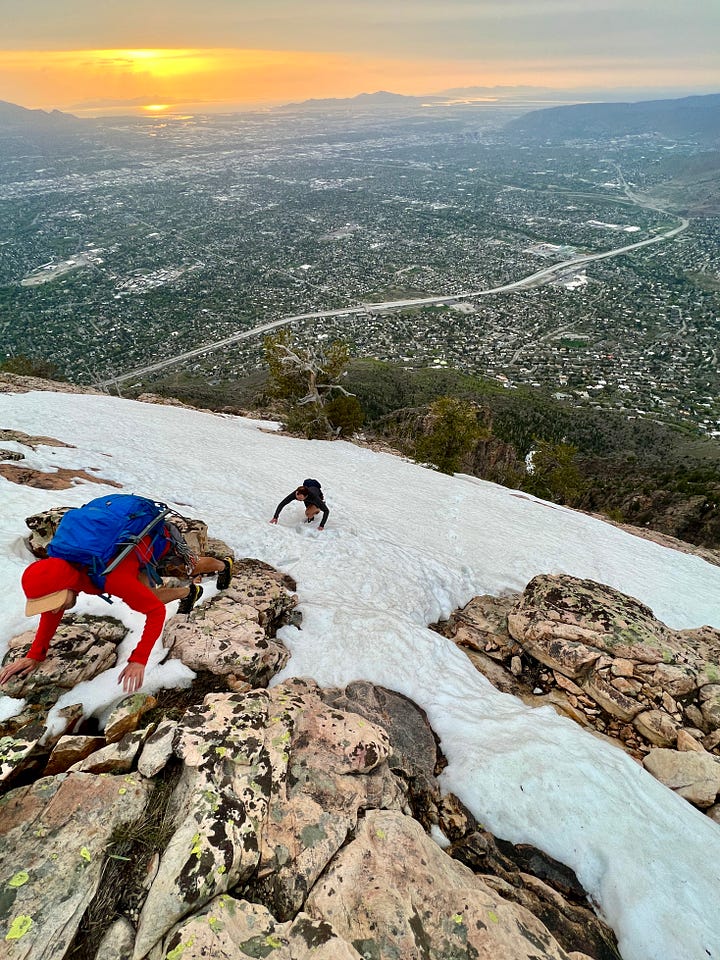
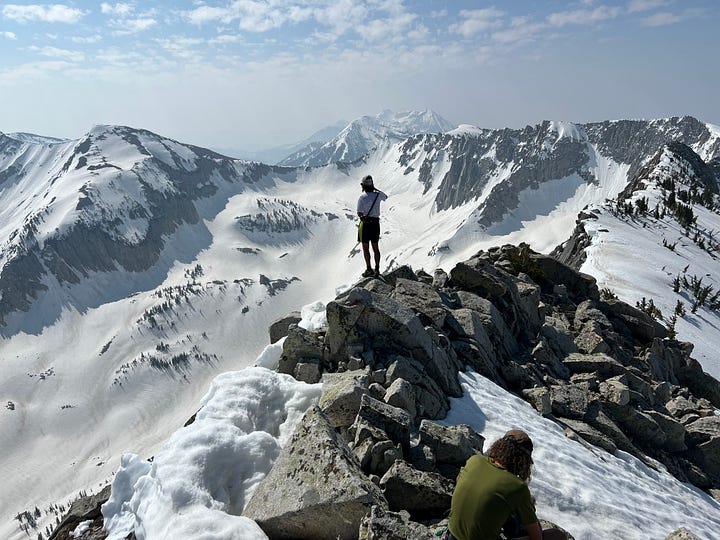
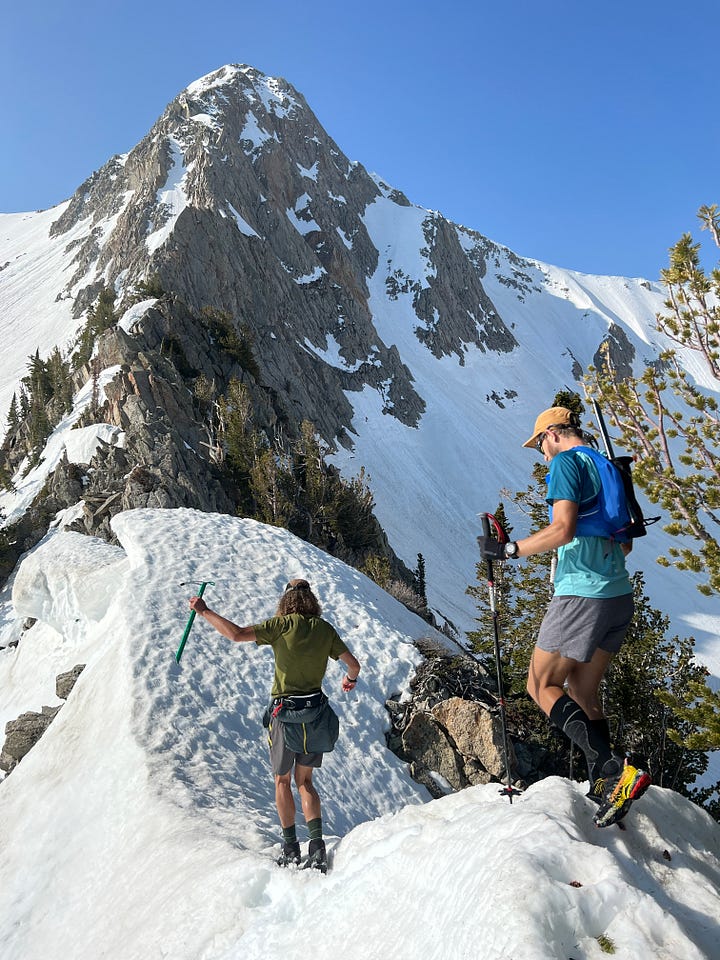
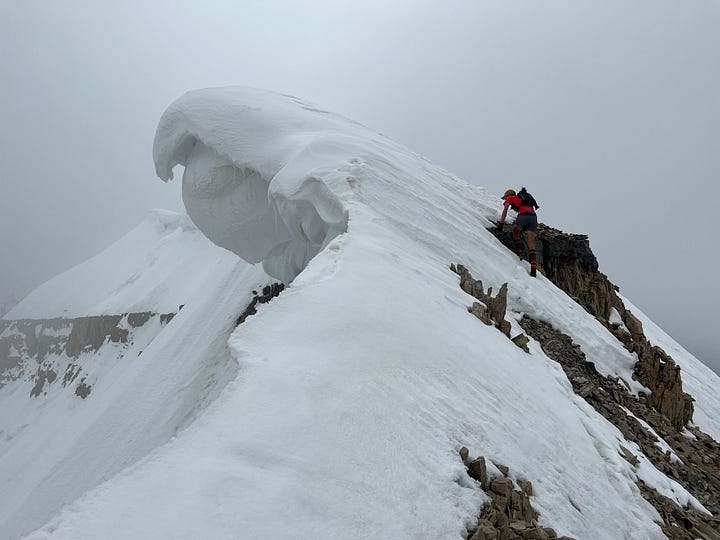
Representing your country at a World Championship competition in the sport you’re most passionate about is a pretty special experience. It seems like more countries have been sending more of their best talent to these races in recent years, making it feel more like a true championship race. Unlike most races, the whole journey of walking the streets in the flag ceremony, seeing all the work Austria had put into this event (including building an artificial gravel and rock trail through the center of town on closed roads), made me feel like I was part of something bigger than myself.
For the 85k distance I’d be running, the top 3 finishers from each country would be included in the team score, with the fastest cumulative time winning gold. Five men were on the team (with Jim having to pull out due to injury), and I thought that maybe on my best day I could be part of that scoring group. However, when I saw the steep, brutal terrain we’d cover on the course, I pretty quickly started wishing I had trained a bit more seriously. Spoiler alert: this wasn’t going to end well.
Lack of focused training was just the tip of the iceberg. I had managed to get by at Lake Sonoma with a couple random gels an hour (mostly Spring Awesome Sauce actually…) and didn’t feel awesome, but held it together. My race nutrition plan in Austria was very similar. Unlike Lake Sonoma, this time race day was hot, and I had somehow completely overlooked studying the course. Normally I have to study courses in detail to think through crewing logistics, but at this race only a couple officials from each country crew the whole team. I’ve never gone into a race more blind, with no idea where aid stations would be, because I stupidly didn’t think to do much research. My poor planning, made worse by my desire to hang with the top USA guys for the first 10ish miles and probably going out too fast for my fitness level, plus not carrying enough water to stay properly hydrated, led to some severe stomach cramping. I’ve never felt worse by mile 20 of any race.
I thought if I slowed down and focused on drinking I could get things back under control, but every sip of water I took came right back up within a minute. I bet I puked over 50 times that day. I watched the top guys disappear, then the top ladies, then what felt like just about everyone else in the race. It got so bad that I would walk for a couple minutes then have to lay down on the side of the trail, shivering, just to make the dizziness go away momentarily. A kind stranger hiking by watched me vomit, stumble, and not rally—he told me he was a doctor and that I should lay with my legs uphill above my torso to get the blood back to my stomach. I was willing to try anything, but I laid there thinking I was beyond repair. For hours, this is what the voices in my head were saying:
This is it. This is my last ultra. My running career didn’t last that long, but it was mostly fun. Maybe it’s time to start a family. That’ll be nice to not have the pressure of racing anymore. I wonder if Morgan is having fun today. At least this is beautiful. Hard to complain when you’re surrounded by such cool mountains. PUKE. Ah, finally got that out. Maybe I can jog again for a minute? Nope, that made things worse. Maybe at the next aid station I can take down some liquids. Where is the next aid station anyway?
I knew logically I should quit—but emotionally, I couldn't. I couldn’t bear the thought of seeing my Team USA gear again and feeling like I hadn't earned it. I’ve never had a DNF and I didn’t want to break that streak at the biggest race of my life at that point. Plus, what if a fellow countryman ahead of me had gotten injured and dropped out? With Preston dropping earlier in the day, I’d be our new third man and the team would need me to score. With that said, near the top of the final climb of the day, after about 8 hours of agony, I sheepishly asked a volunteer what I’d have to do to drop out. He told me I’d need to either walk 3,000ft back down to the previous aid station and then wait for a car, or go up another 500ft to the final aid station and wait for a car, or he could call me a helicopter.
I couldn’t get my head around descending what I’d just worked so hard to drag myself up, a helicopter was out of the question, so that left continuing on to the final aid station. Around that point, I met a very nice dude from Iceland who had been having a rough day himself, so I hoisted myself out of the lawn chair I’d found and we walked together for a couple hours, sharing the misery. I couldn’t drop at the final aid, with five downhill miles to go, and leave him all alone. So we trudged it in for what I think was an 89th place finish (probably a lot lower than that overall), not that I had any idea or cared what place I was in at that point. I only found out my place when Leah Yingling texted me the funniest joke she’s ever made, which was that “without me Team USA couldn’t have gone 5, 6, 7, 89.” I popped into the med tent, got an IV, and felt infinitely better within a couple hours of getting rehydrated.
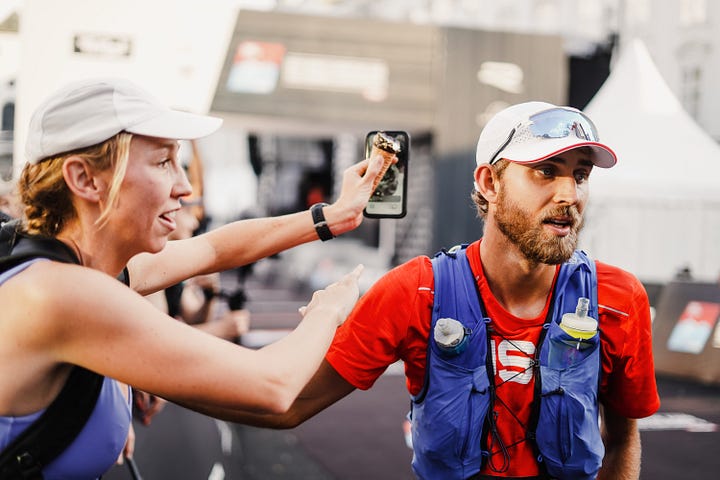
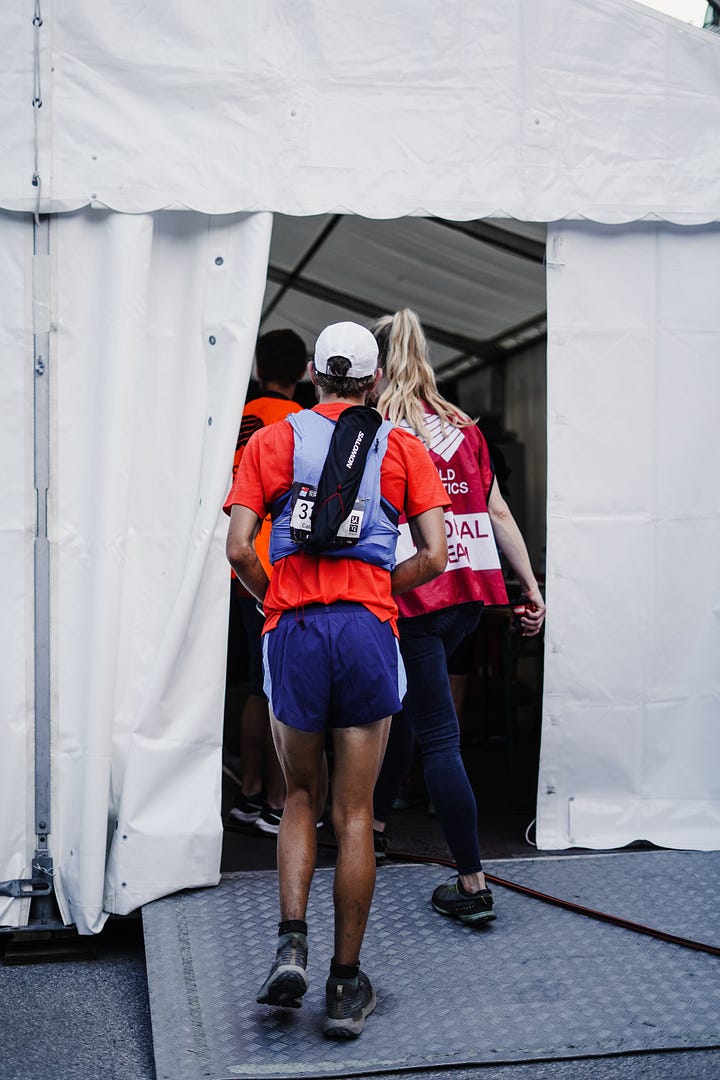
This race was a real wake up call for me. I never wanted to feel that bad again. It was the sort of experience where there was a decision point: would I back off and step away from racing, or double down? It was time to start taking nutrition and hydration more seriously, researching courses to make a race plan, and training to be able to compete at a higher level. I promised myself that if I ever got the opportunity to be included in another World Champs contingent, I wouldn’t settle with just making the team—I’d do my best to put some points on the board.
I feel so honored to have another chance to represent Team USA in Spain in September. We’re sending a Long Trail team full of athletes I look up to in the sport, who I’m stoked to compete alongside. I’ve worked hard and come a long way in the past two years. I’m looking forward to showing the world what we can do.



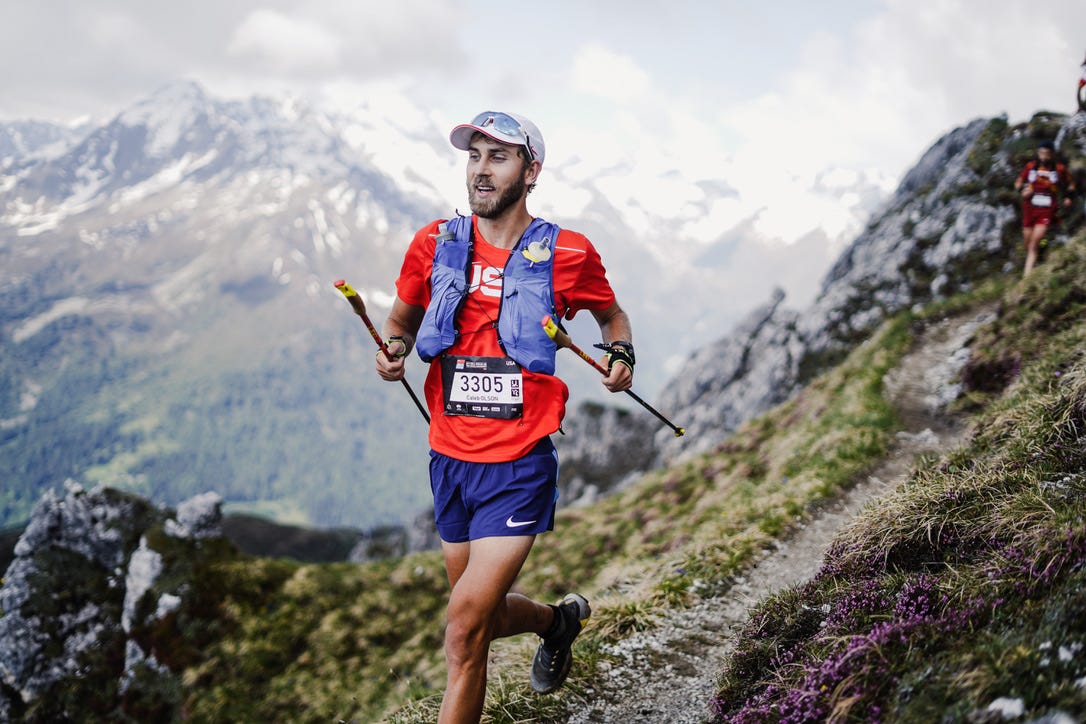
This is awesome!! We often only hear the victories and the fairytale endings.
Thank you for sharing. Can’t wait to watch worlds this year
Excellent recount and reflections. Very helpful .thankyou